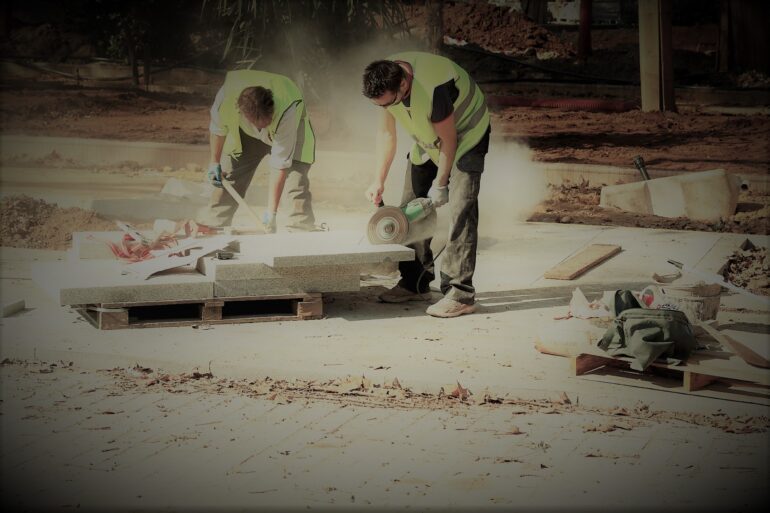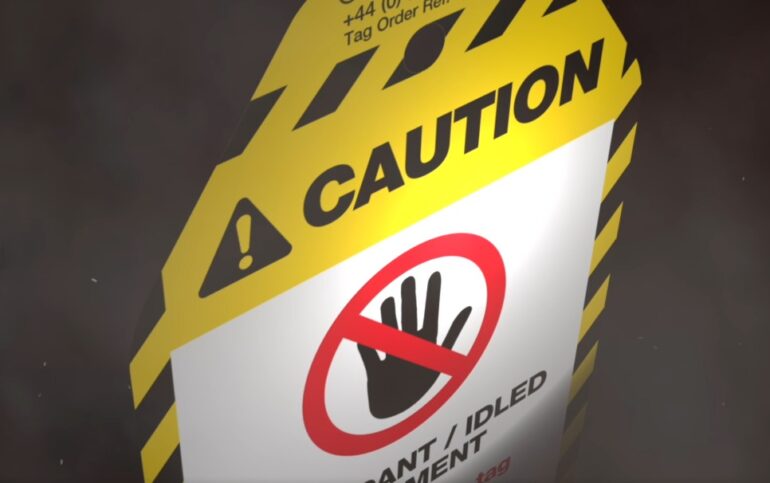
Dust at work doesn’t just inconvenience—it endangers productivity and safety. Breathing in contaminated air risks long-term issues, especially in industries handling chemicals. Let’s explore actionable strategies to create a safer work environment without losing sight of practicality.
Key Points
- Identify sources of dust to target solutions accurately.
- Implement industrial ventilation and filtration systems.
- Train staff to recognize and manage risks.
- Enforce strict cleaning protocols to reduce buildup.
- Use emergency scrubber systems for chemical-heavy workplaces.
Why Dust Matters More Than You Think
Dust is more than a nuisance. Its microscopic particles infiltrate machinery, irritate airways, and compromise safety. In chemical-heavy industries, it becomes a catalyst for larger problems. Imagine mixing airborne dust with chlorine gas. The combination can create toxic hazards that affect workers immediately.
That’s why industries often rely on chlorine gas scrubber solutions to filter and neutralize harmful contaminants from the air. These systems ensure that employees breathe safely and workplaces remain compliant with safety regulations. They’re not optional luxuries—they’re lifesaving investments.
By addressing air quality head-on, you don’t just minimize risks; you create an environment where everyone can work without fear.
Practical Example
In a manufacturing plant dealing with chlorine-based products, a clogged ventilation system led to a leak. Workers were evacuated, but some suffered from exposure. A properly maintained chlorine gas scrubber could have mitigated the incident entirely.
Spot the Trouble Areas

Identifying where dust accumulates is critical. Dust doesn’t settle evenly—it follows activity patterns, airflow, and neglected corners. Knowing its hiding spots makes cleanup and prevention manageable.
Steps to Identify Problem Areas
- Inspect high-traffic zones ─ Look for visible buildup around equipment or walkways.
- Check air vents ─ Blocked or inefficient vents may fail to trap particles effectively.
- Note irritation complaints ─ If employees report coughing or discomfort, investigate promptly.
- Examine machinery regularly ─ Dust buildup on equipment not only reduces efficiency but also adds fire risk.
Pro Tip
Keep a logbook of areas inspected. Rotate responsibilities so different staff members observe the workplace from fresh perspectives.
Upgrade Air Quality Solutions
Proper air circulation isn’t negotiable—it’s a necessity. Traditional fans scatter dust, but advanced systems target and filter particles directly. Environments exposed to chlorine benefit significantly from an emergency chlorine scrubber system. These systems are designed to neutralize dangerous chemicals swiftly.
Key Benefits of Modern Systems
- Efficient particle capture ─ Industrial filters remove contaminants before they spread.
- Gas neutralization ─ Systems like a chlorine dioxide scrubber handle specific chemical risks.
- Employee well-being ─ Cleaner air reduces respiratory issues, absenteeism, and lawsuits.
Recommendation
Choose a system tailored to your industry. For example, a caustic scrubber for chlorine gas is ideal for environments handling acidic compounds.
Educate Your Team

No safety system can succeed without human support. Workers need training to identify hazards, use equipment, and follow protocols. Safety isn’t just management’s responsibility—it’s a collective effort.
Tips for Effective Training
- Conduct regular workshops ─ Update staff on new tools or safety requirements.
- Simulate emergencies ─ Practice using equipment like the emergency chlorine scrubber to build confidence.
- Encourage open communication ─ Let employees report risks without fear of repercussions.
Regular Cleaning Protocols
Cleaning routines may sound dull, but they’re indispensable for dust prevention. Dust settles on surfaces and within hard-to-reach corners. Without scheduled cleaning, it accumulates and spreads.
Practical Cleaning Routine
- Vacuum with HEPA filters to trap fine particles.
- Wipe surfaces daily with antistatic cloths.
- Deep-clean machinery weekly to prevent malfunctions.
- Inspect storage areas monthly for hidden buildup.
Pro Tip
Invest in automated cleaning systems for large facilities. They save time and ensure consistency.
Handle Emergencies Like a Pro

Emergencies, like chemical leaks or equipment malfunctions, escalate quickly without preparation. An emergency chlorine gas scrubber system ensures swift action, neutralizing harmful gases and protecting everyone nearby.
Steps to Handle Emergencies
- Activate the emergency chlorine scrubber immediately.
- Evacuate personnel from the affected area.
- Follow your workplace’s safety protocol for containment.
- Conduct a post-incident review to prevent recurrence.
Practical Example
In a facility handling chlorine, a minor leak became a major problem when no emergency scrubber was installed. With a functioning system, damages, and health risks would have been avoided entirely.
Monitor and Maintain Equipment
Maintenance is non-negotiable. Even the best systems fail if neglected. Filters clog, scrubber media degrades, and airflow reduces over time. Regular inspections and timely repairs ensure everything works when needed.
Maintenance Checklist
- Replace chlorine scrubber media based on the manufacturer’s schedule.
- Inspect air filters quarterly for clogs or damage.
- Test the activation systems of emergency chlorine scrubbers bi-annually.
- Clean ducts and vents regularly to avoid buildup.
Neglecting maintenance costs more in the long run—both financially and in terms of worker safety.
Choose the Right Tools

Your tools must fit the job. Generic equipment won’t address specific workplace needs, especially in industries with unique contaminants like chlorine. A chlorine dioxide scrubber targets specific gas particles effectively, while a caustic scrubber for chlorine gas neutralizes acidic components.
Recommendations by Industry
- Chemical plants ─ Emergency chlorine scrubber systems and advanced filtration units.
- Manufacturing ─ Dust extractors combined with HEPA filters for particulate control.
- Storage facilities ─ Stationary filtration systems with regular scrubber maintenance.
Choosing the right tools saves time, protects workers, and reduces liability risks.
Conclusion
Preventing dust-related problems requires a proactive approach. Identifying dust sources, installing proper systems, and training employees build a safer workplace. Regular cleaning and consistent maintenance keep everything running smoothly.
Tailor solutions to your industry’s unique needs, and remember that investing in safety pays off. By following these guidelines, you ensure an environment where air quality isn’t a hazard—it’s a priority. Keep your workplace safe, clean, and ready for anything.
